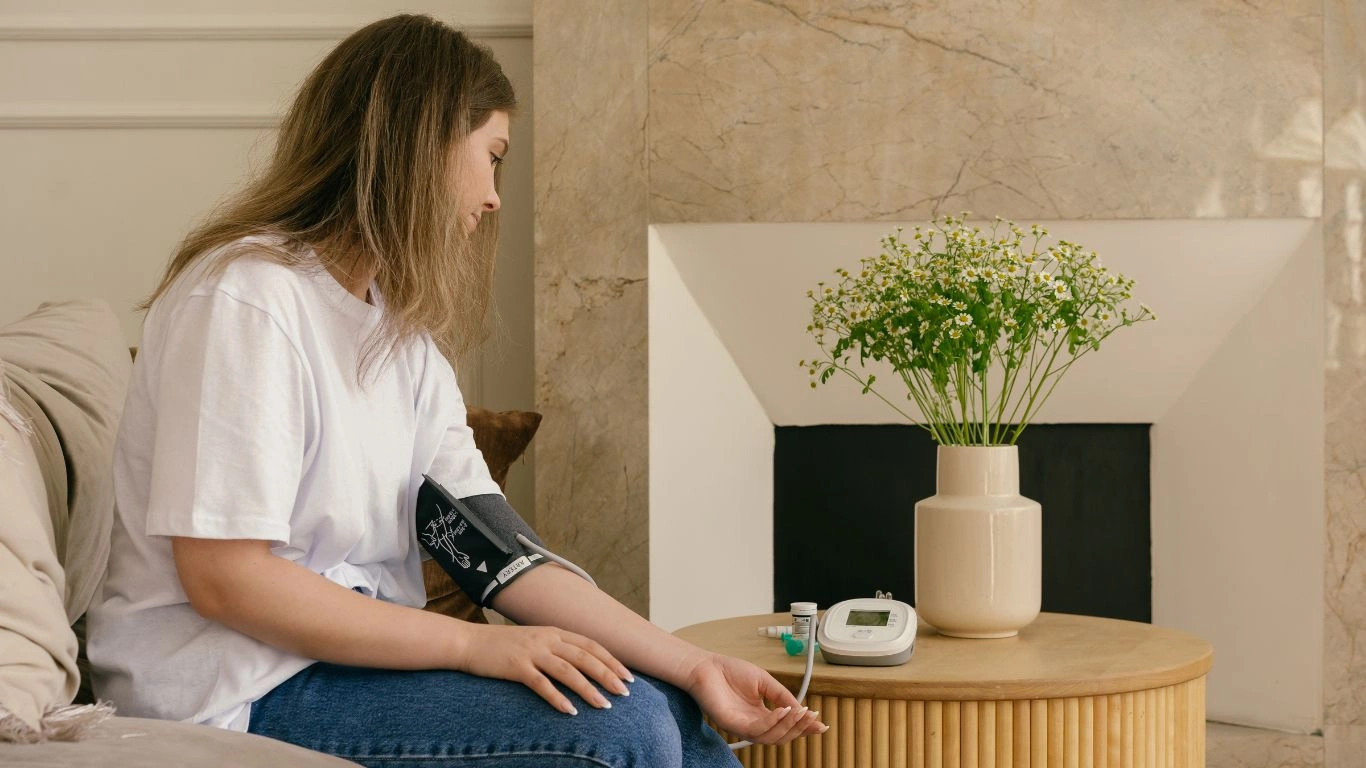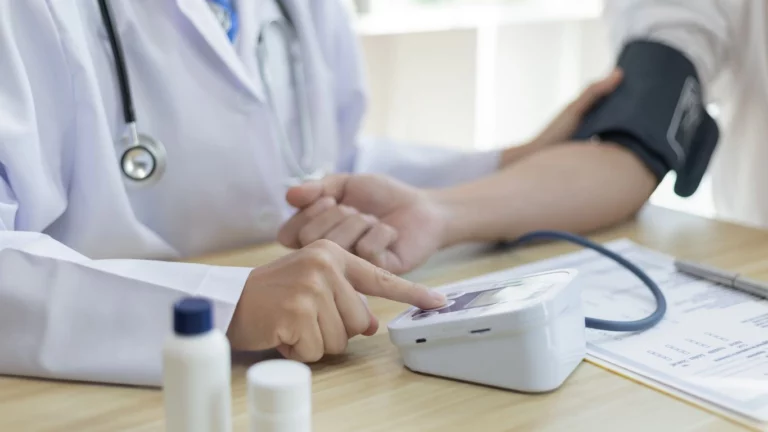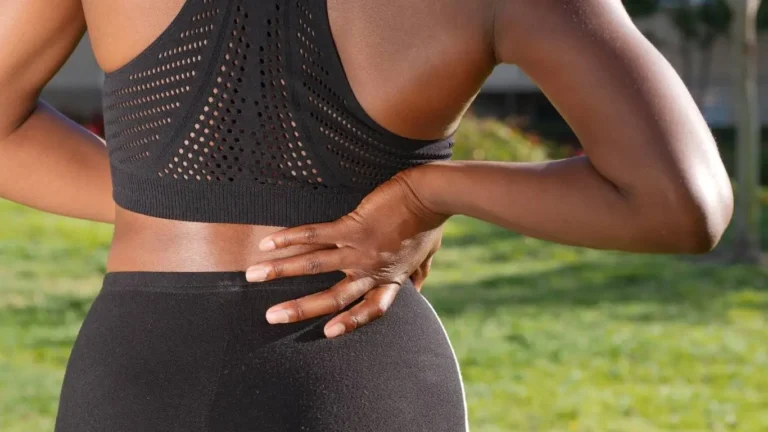Walking to Lower Blood Pressure: A Simple Habit for Hypertension Control
When it comes to managing high blood pressure, medication isn’t the only solution. In my years of helping patients control hypertension, I’ve seen firsthand how simple lifestyle changes can make a world of difference. One of the most underrated yet powerful methods? The role of walking in controlling hypertension. It’s easy, accessible, and—best of all—free. Let’s talk about why putting one foot in front of the other can help lower those blood pressure numbers and improve overall health.
Why Walking Works Wonders for Blood Pressure

I’ve had countless patients ask, “Is walking really enough to help with hypertension?” The short answer? Absolutely. Here’s why:
- Improves Circulation: Walking gets the heart pumping, helping blood flow more efficiently and reducing the strain on arteries.
- Reduces Stress: Hypertension isn’t just about what’s happening in your body—it’s also about what’s happening in your mind. A daily walk, especially outdoors, can lower cortisol levels (the stress hormone) and help maintain healthy blood pressure.
- Encourages Weight Management: Even a 30-minute walk burns calories, which can lead to weight loss—a key factor in controlling hypertension.
- Strengthens the Heart: As a cardiovascular exercise, walking makes the heart more efficient, meaning it doesn’t have to work as hard to pump blood.
Many of my patients who started walking regularly saw significant drops in their blood pressure within weeks. It’s a simple yet powerful tool for long-term health.
How Much Walking Do You Really Need?

The golden question: “How much walking should I do to see results?” The good news is, you don’t have to turn into a marathon runner. The American Heart Association recommends at least:
- 150 minutes of moderate-intensity exercise per week (that’s about 30 minutes a day, five days a week).
- Or 75 minutes of vigorous-intensity exercise per week.
If 30 minutes at once feels overwhelming, break it up! A 10-minute walk after each meal can be just as effective. And remember—any movement is better than none.
Best Walking Techniques for Lowering Blood Pressure

Not all walks are created equal. To maximize the benefits, consider these walking strategies:
- Pace Yourself: A brisk walk (around 3-4 mph) is ideal. If you can talk but not sing while walking, you’re at the right intensity.
- Stay Consistent: The real magic happens with regularity. Make walking part of your daily routine—whether it’s a morning stroll, a lunch break walk, or an after-dinner routine.
- Incorporate Intervals: Try alternating between a slower pace and a faster pace every few minutes to increase heart rate variability.
- Choose the Right Terrain: Walking uphill or on uneven surfaces engages more muscles, increasing calorie burn and cardiovascular benefits.
In my practice, I’ve seen patients lower their systolic blood pressure by 5-10 mmHg just by adding regular walks into their routine. It’s a natural, sustainable way to improve heart health.
Overcoming Common Barriers to Walking

Let’s be honest—knowing the benefits of walking is one thing, but actually making it a habit? That’s where the real challenge begins. Over the years, I’ve heard every excuse in the book from patients who struggle to get moving. But here’s the thing: there’s always a way to make it work.
“I Don’t Have Time”
One of the biggest hurdles people face is a packed schedule. Between work, family, and daily responsibilities, carving out time for a walk can feel impossible. But here’s my take—walking doesn’t have to be a separate event in your day. Try these easy solutions:
- Walk While You Work: Take phone calls on the move or schedule walking meetings.
- Use Short Breaks: Instead of scrolling through your phone, go for a 5-10 minute walk.
- Make It a Habit: Pair walking with daily activities, like taking the stairs instead of the elevator.
“The Weather is Terrible”
Bad weather is a common roadblock. But a little creativity can help:
- Walk Indoors: Shopping malls, indoor tracks, or even pacing around the house can keep you moving.
- Invest in Gear: Waterproof jackets, proper shoes, and gloves can make walking in rain or cold much more comfortable.
- Try a Home Workout: Marching in place, treadmill walking, or even dancing can have similar benefits.
“I Get Bored Easily”
Walking alone, staring at the same scenery every day—it can get monotonous. But it doesn’t have to be! Here are some ways to keep things fresh:
- Find a Walking Buddy: Walking with a friend can make time fly.
- Listen to Something Engaging: Podcasts, audiobooks, or upbeat music can make walks feel entertaining.
- Change Your Route: Exploring different parks, trails, or city paths can make each walk feel new.
How Walking Affects Hypertension Over Time

One of the best things about walking for blood pressure control? It delivers both short-term and long-term benefits. Let’s break it down:
Immediate Effects
After just one brisk walk, your blood vessels expand, improving circulation and temporarily lowering blood pressure. I’ve seen patients experience a 5-7 mmHg drop after a solid 30-minute walk—sometimes even more!
Long-Term Benefits
When walking becomes a regular habit, the long-term effects on blood pressure can be profound:
- Resting Blood Pressure Decreases: Studies show that consistent walking can lead to a 10-20 mmHg reduction in systolic blood pressure over time.
- Heart Function Improves: A stronger heart pumps blood more efficiently, reducing pressure on arteries.
- Better Insulin Sensitivity: Since diabetes and hypertension often go hand in hand, walking helps by regulating blood sugar levels as well.
- Reduced Medication Dependence: Many of my patients have successfully lowered or even eliminated their need for blood pressure meds through regular exercise.
It’s a slow but steady transformation. The key is consistency—stick with it, and you’ll see results.
Making Walking a Lifelong Habit

The real goal here isn’t just lowering blood pressure—it’s building a lifestyle that keeps it low. So how do you turn walking into a permanent part of your life?
Set Realistic Goals
Start small. If 30 minutes a day feels overwhelming, begin with just 10. Slowly increase over time. Remember—progress, not perfection.
Make It Social
Walking with friends, joining a local walking group, or even participating in charity walks can make the experience more enjoyable and motivating.
Track Your Progress
Seeing improvements can be incredibly motivating. Use a fitness tracker, a simple step-counting app, or even a journal to log your walks and track your blood pressure changes.
Find Joy in the Process
Walking shouldn’t feel like a chore. Find ways to enjoy it—whether it’s discovering new nature trails, walking your dog, or simply using it as time to clear your mind.
At the end of the day, the most important thing is to keep moving. Every step counts toward a healthier, happier you.
Combining Walking with Other Healthy Habits

Walking alone can do wonders for hypertension, but pairing it with other healthy habits? That’s where the real magic happens. Over the years, I’ve seen patients make small but powerful changes that supercharge their results. If you really want to take your blood pressure control to the next level, consider these simple but effective tweaks.
Hydration Matters More Than You Think
Many people underestimate the role hydration plays in blood pressure management. Dehydration can cause blood vessels to constrict, increasing pressure on the arteries. My advice? Drink enough water before and after your walks to keep circulation smooth and steady.
- Start your day with a glass of water to jumpstart hydration.
- Carry a reusable bottle during walks to sip as needed.
- Limit sugary drinks—water is always the best choice.
Pair Walking with a Heart-Healthy Diet
Exercise and diet go hand in hand. A poor diet can counteract all the benefits of walking, so making smart food choices is key. I often recommend the DASH diet (Dietary Approaches to Stop Hypertension), which emphasizes:
- More Fruits and Vegetables: Packed with potassium, which helps lower blood pressure.
- Less Sodium: Processed foods are a hidden source of excess salt—opt for fresh, whole foods instead.
- Healthy Fats: Olive oil, nuts, and fatty fish help keep your heart strong.
Strength Training for Added Benefits
Walking is a fantastic start, but adding strength training a couple of times a week can further improve cardiovascular health. Simple bodyweight exercises like squats, lunges, and push-ups can make a big difference. The combination of walking and strength training has helped many of my patients lower their blood pressure even more effectively.
Tracking Your Progress and Staying Motivated

One of the best ways to stay committed to a walking routine is to track progress. Watching improvements over time can be incredibly motivating. Here are a few simple ways to do that:
Use a Fitness Tracker
Smartwatches and pedometers can help you track steps, distance, and even heart rate. Many of my patients love seeing their step count increase over time.
Keep a Walking Journal
Jotting down daily walks in a notebook or a simple app can help you stay accountable. Note how you feel before and after each walk—you might be surprised by the changes.
Measure Your Blood Pressure Regularly
If your goal is to control hypertension, checking your blood pressure at home is a must. The American Heart Association recommends monitoring it consistently to track improvements.
When to Expect Results and What to Watch For
One of the most common questions I get is, “How long before I see a difference?” While everyone’s body responds differently, here’s a general timeline of what to expect:
- First Few Walks: You may feel an immediate mood boost and reduced stress levels.
- 2-4 Weeks: You might notice small decreases in blood pressure, especially if combined with other lifestyle changes.
- 3+ Months: Consistent walking can lead to sustained lower blood pressure and improved heart function.
That said, it’s important to listen to your body. If you experience dizziness, extreme fatigue, or irregular heartbeats during or after walking, consult a healthcare provider immediately.
Final Thoughts on Walking for Hypertension Control
After years of working with hypertension patients, I can confidently say that walking is one of the most effective, sustainable, and enjoyable ways to manage blood pressure. It’s accessible to nearly everyone, requires no special equipment, and can be tailored to fit any lifestyle.
The key takeaway? Start where you are, and keep moving. Every step brings you closer to better health. Whether it’s a 10-minute stroll around the block or a brisk 45-minute power walk, what matters most is consistency.
References
- American Heart Association – Walking and Heart Health
- Centers for Disease Control and Prevention – Physical Activity Guidelines
- National Institutes of Health – Hypertension Research
Disclaimer
The information in this article is for educational purposes only and should not replace medical advice from a healthcare professional. Always consult your doctor before starting a new exercise routine, especially if you have existing health conditions.

Dr. Gwenna Aazee is a board-certified Internal Medicine Physician with a special focus on hypertension management, chronic disease prevention, and patient education. With years of experience in both clinical practice and medical writing, she’s passionate about turning evidence-based medicine into accessible, actionable advice. Through her work at Healthusias.com, Dr. Aazee empowers readers to take charge of their health with confidence and clarity. Off the clock, she enjoys deep dives into nutrition research, long walks with her rescue pup, and simplifying medical jargon one article at a time.






